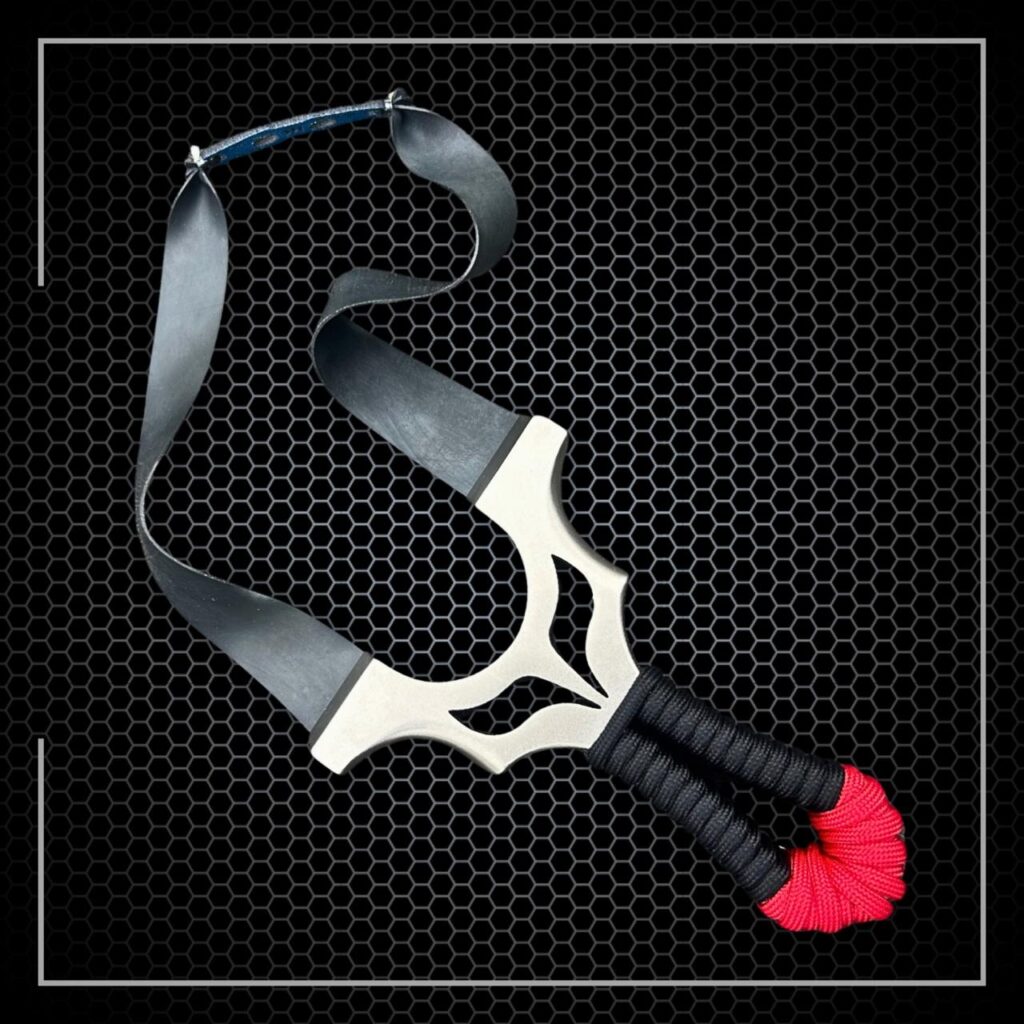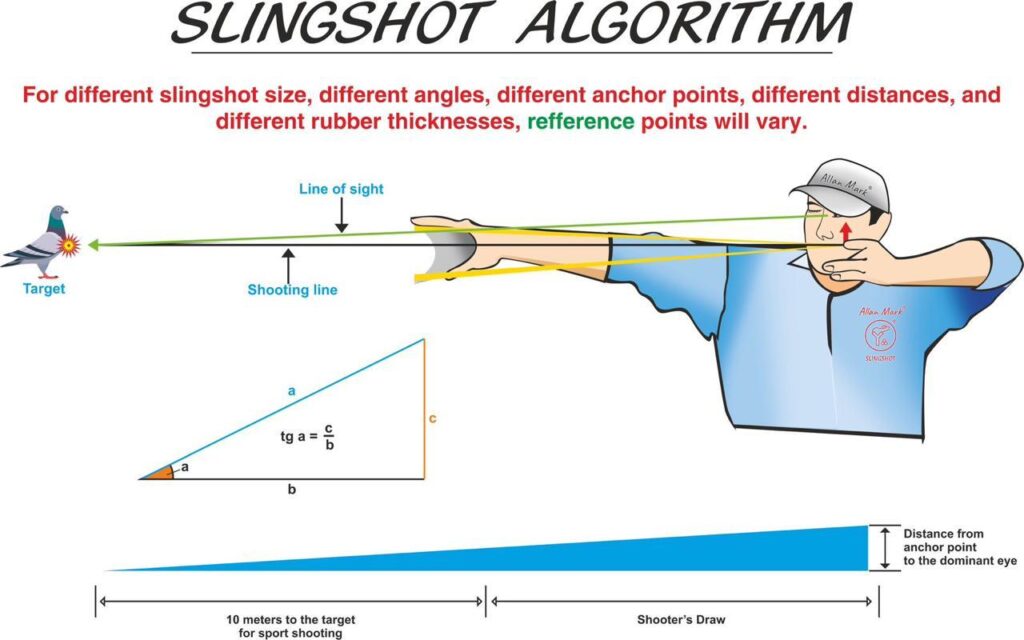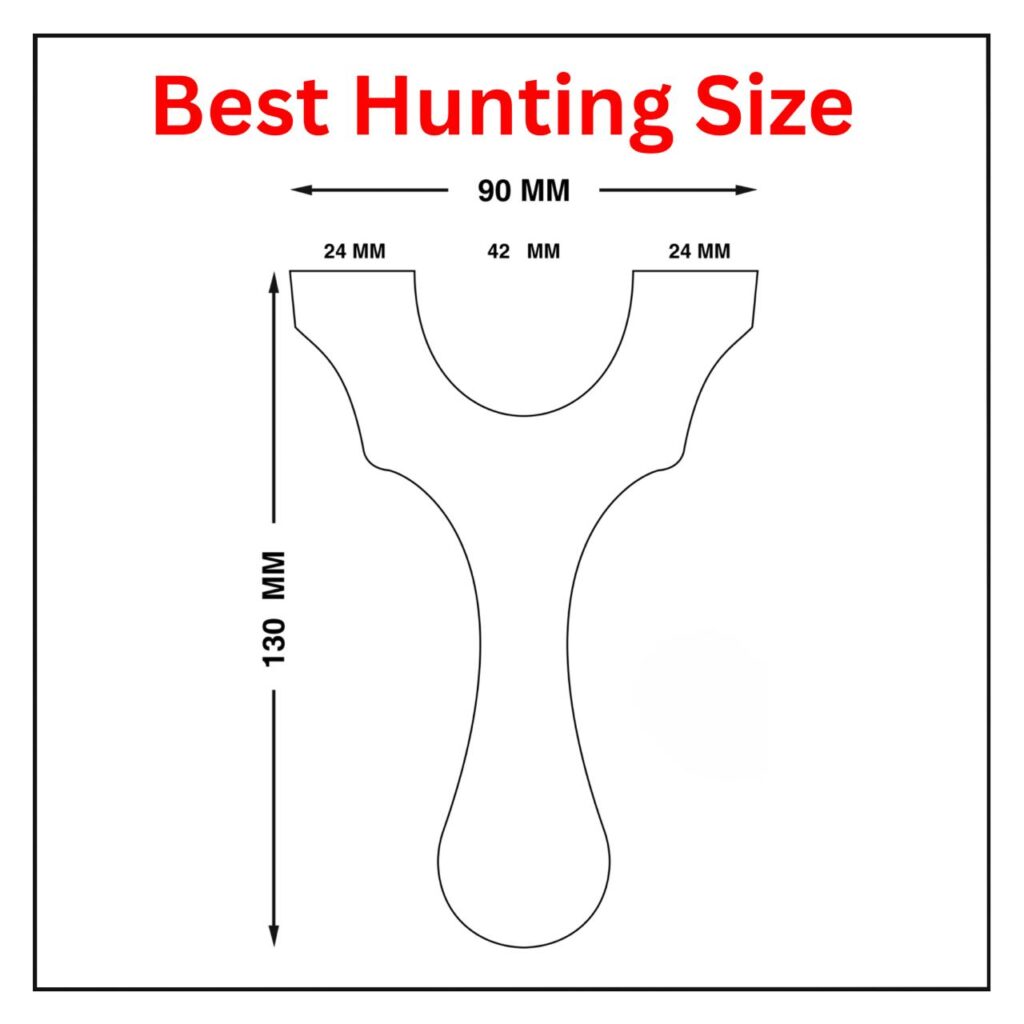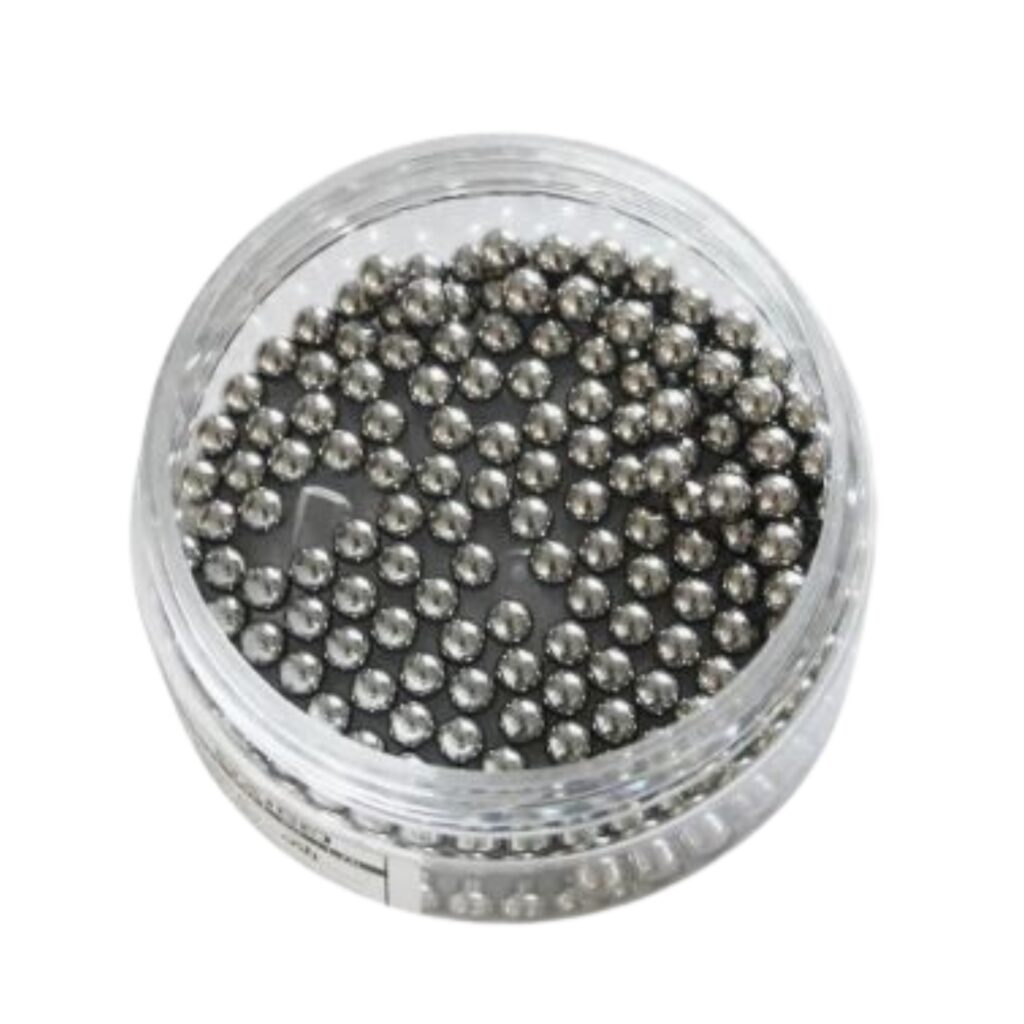Slingshot hunting is a thrilling, skill-based, and eco-friendly way to connect with nature. Whether you’re an outdoor enthusiast, a survivalist, or simply curious about alternative hunting methods, this beginner’s guide will help you take your first steps toward mastering slingshot hunting.
In this blog, we’ll cover everything you need to know—from choosing the right slingshot to essential techniques and safety tips. Let’s dive in!
What Is Slingshot Hunting?
Slingshot hunting is the practice of using a high-powered slingshot to hunt small game such as rabbits, squirrels, or birds. Unlike firearms, slingshots are quiet, lightweight, and legal in many areas—making them a popular choice for stealthy, sustainable hunting.

Why Choose Slingshot Hunting?
✅ Low Cost – No need for bullets or expensive gear.
✅ Lightweight and Portable – Perfect for hiking and survival kits.
✅ Skill-Based Sport – Encourages accuracy, patience, and practice.
✅ Legal in Many Regions – Easier access than traditional hunting tools.
Note: Always check your local laws and regulations before using a slingshot for hunting.
Choosing the Right Slingshot for Beginners
When starting out, it’s crucial to select the right equipment. Here are key features to look for:
🏹 Power Bands
Go for flat bands or tube bands with moderate draw weight.
Choose bands designed for hunting, not just target shooting.
🏹 Frame Material
Steel or polymer frames provide durability and grip.

A wrist brace can offer extra support for stability.
🏹 Ammo Type
Steel balls (6mm to 8mm) are commonly used for hunting.
Clay or biodegradable ammo is great for practice sessions.
Slingshot Hunting Techniques for Beginners
🎯 Proper Grip
Hold the slingshot firmly with your non-dominant hand. Your grip should be steady, not tight.
🎯 Aiming
Use the “instinctive aim” technique or align the bands with your target. Practice regularly to improve accuracy.
🎯 Draw and Release
Pull the pouch straight back to your anchor point (usually your cheek or mouth).
Release smoothly—jerky motions can ruin accuracy.

Safety Tips for Slingshot Hunting
- Always wear eye protection.
- Practice in a safe, open area.
- Avoid ricochet-prone surfaces.
- Never aim at people or pets.
- Check your bands regularly for wear and tear.
Best Game for Slingshot Hunting
Here are some animals commonly hunted with slingshots:
🐿️ Squirrels
🐰 Rabbits
🐦 Small birds (e.g., pigeons, doves)
🦔 Rodents (in rural or farm areas)
Tip: Aim for the head or vital organs for a humane and effective kill.

Practice Makes Perfect
- Before heading into the wild, spend time honing your skills:
- Set up a DIY target range in your backyard.
- Practice at varying distances (5–20 meters).
- Track your progress to improve your aim and draw strength.
Conclusion : Become a Skilled Slingshot Hunter
Mastering the hunt with a slingshot takes time, discipline, and respect for nature. With the right gear, proper technique, and a commitment to safety, anyone can become a proficient slingshot hunter.
Whether you’re preparing for survival situations, looking for a quiet hunting method, or exploring a new outdoor hobby, slingshot hunting is an empowering skill that reconnects you with nature in a primal, purposeful way.
FAQs about Slingshot Hunting
Q: Is slingshot hunting legal?
A: Laws vary by country and state. Always research your local regulations before hunting with a slingshot.
Q: What’s the best slingshot ammo for hunting?
A: Steel balls (6–8mm) are widely used for their power and accuracy.
Q: Can slingshots kill humanely?
A: Yes, if used properly and with the correct ammo. Aim for vital spots for a quick, humane shot.










